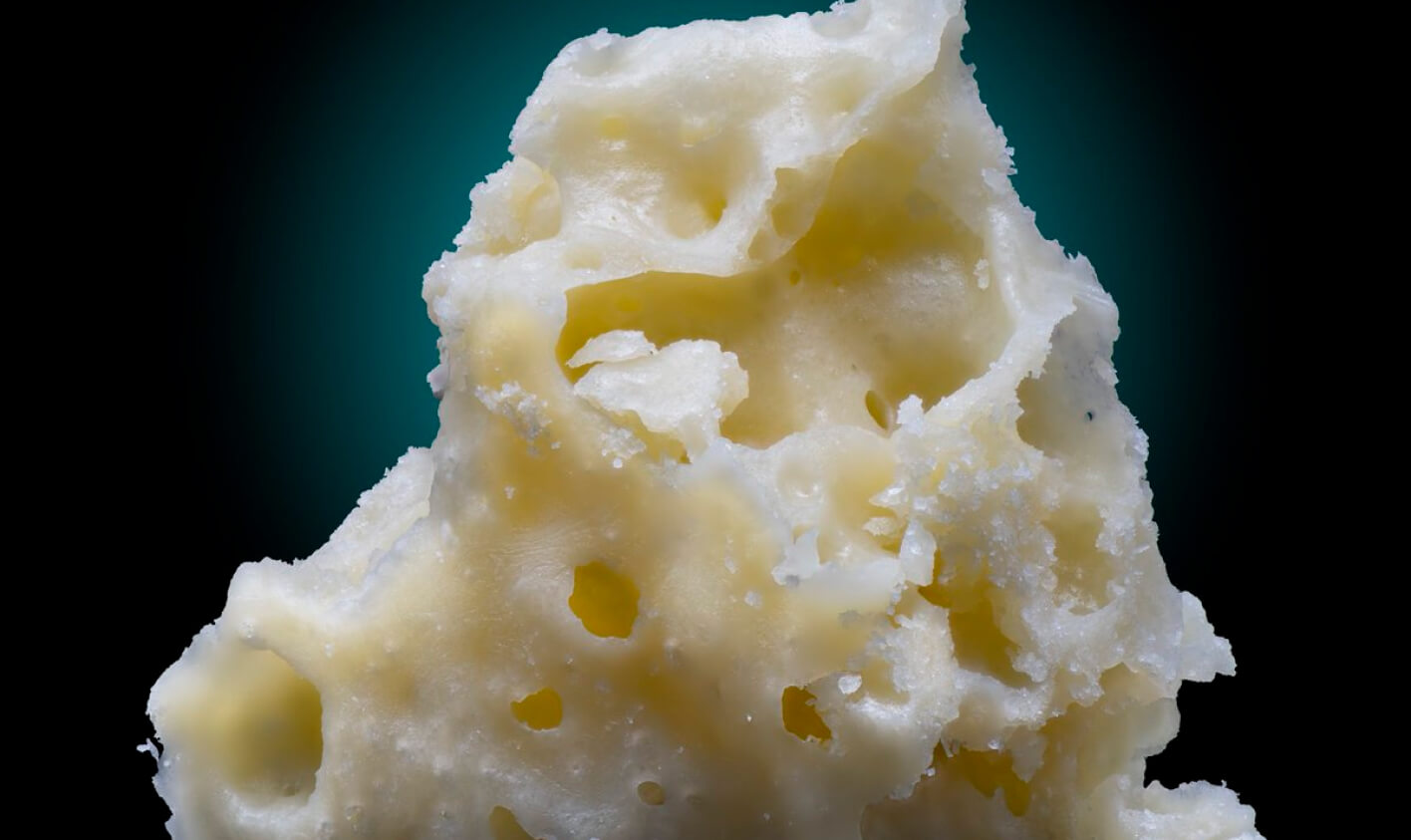What Does Crack Look Like?
Both powder cocaine and crack cocaine come from the coca plant in South America. They’re both highly addictive and potent forms of cocaine that produce intense high and side effects, but these two substances are used differently and have distinctive appearances.[1]
If you suspect a loved one is using crack cocaine, it’s important to recognize not only the drug itself but any other signs of crack cocaine.

Frequently Asked Questions
What Does a Crack Rock Look Like?
Crack rocks can vary in color and size, but they are generally small, irregular in shape, and range from white to tan in color. They’re usually around the size of cat food pellets.
What Color Is Crack?
Cracks vary in color depending on the impurities, but they are usually a shade of white, tan, or yellow with varying degrees of transparency.
What Does Crack Smell Like?
Crack is reported to have a distinctive chemical scent, like burning rubber or plastic, when it’s smoked. Though distinctive, the difference between a burning crack and a potentially volatile meth may not be obvious to the average person, so it’s important to report any odors to the proper authorities.
What is crack cocaine? What does it look like? What are the risks? (n.d.-f). Retrieved from https://www.justice.gov/archive/ndic/pubs3/3978/3978p.pdf on 2023, July 9.
What is crack cocaine? What does it look like? What are the risks? (n.d.-f). Retrieved from https://www.justice.gov/archive/ndic/pubs3/3978/3978p.pdf on 2023, July 9.
What is crack cocaine? What does it look like? What are the risks? (n.d.-f). Retrieved from https://www.justice.gov/archive/ndic/pubs3/3978/3978p.pdf on 2023, July 9.
Ribeiro, M., Trevizol, A.P., Frajzinger, R., Ribeiro, A., Speier, H., Pires, L., Andraus, M., Tsanaclis, L., Alonso, A.L.S., Cordeiro, Q., Laranjeira, R. (n.d.). Adulterants in crack cocaine in Brazil. Trends in psychiatry and psychotherapy. Retrieved from https://pubmed.ncbi.nlm.nih.gov/31314858/ on 2023, July 9.
Drug paraphernalia fast facts – United States Department of justice. (n.d.-e). Retrieved from https://www.justice.gov/archive/ndic/pubs6/6445/6445p.pdf on 2023, July 9.
NIDA. 2024, April 4. Cocaine . Retrieved from https://nida.nih.gov/research-topics/cocaine on 2024, June 18
Morton, W. A. (1999, August). Cocaine and psychiatric symptoms. Primary care companion to the Journal of clinical psychiatry. Retrieved from https://www.ncbi.nlm.nih.gov/pmc/articles/PMC181074/ on 2023, July 9.
What is crack cocaine? What does it look like? What are the risks? (n.d.-f). Retrieved from https://www.justice.gov/archive/ndic/pubs3/3978/3978p.pdf on 2023, July 9.
What is crack cocaine? What does it look like? What are the risks? (n.d.-f). Retrieved from https://www.justice.gov/archive/ndic/pubs3/3978/3978p.pdf on 2023, July 9.
NIDA. 2024, April 4. Cocaine . Retrieved from https://nida.nih.gov/research-topics/cocaine on 2024, June 18